South Korean air defense system L-SAM: test on targets and great prospects
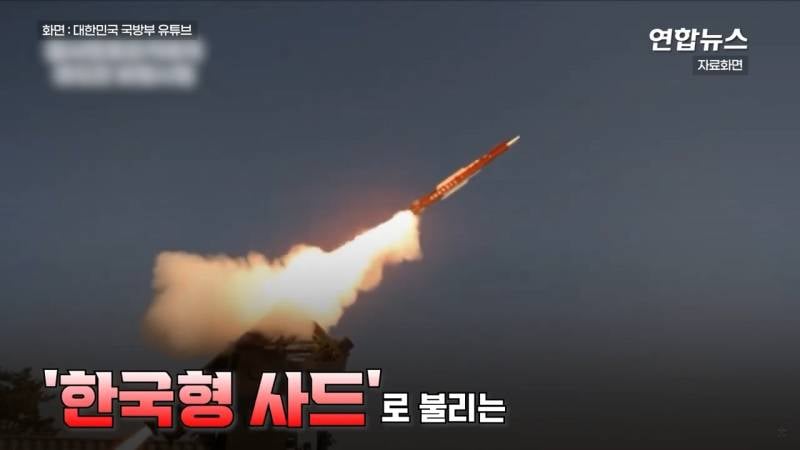
Launch of an experienced anti-missile
In South Korea, after a break of several months, tests of the promising L-SAM anti-aircraft missile system continued. For the first time, anti-aircraft missiles were launched at real targets. Reportedly, the anti-missile capabilities of the new air defense system were tested, and he successfully coped with this task. The successful conduct of new tests brings the moment of putting the complex into service.
Second trials
A promising air defense system, known under the working designation L-SAM (Long range SAM), has been developed by order of the Ministry of Defense of the Republic of Korea since the middle of the last decade. The Agency for Defense Development (ADD) is responsible for the overall coordination of work, and the elements of the complex are created by several commercial contractors, incl. by Hanwha and LIG Nex1.
In 2020-21 participating organizations completed the development of the project and produced experimental equipment for testing. The first test launch of the new air defense system took place on February 23, 2022. Its purpose was to test the design and controls of the missile. The experimental SAM passed along a given trajectory and hit the required point in space. The target was not used.
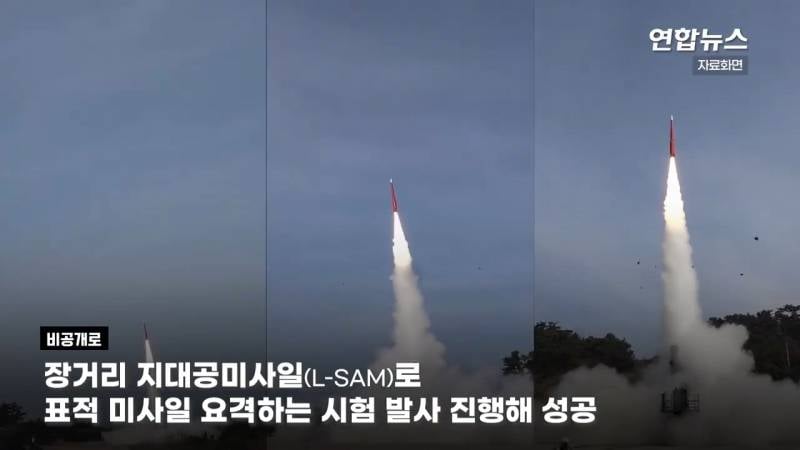
View from different angles
On November 22, the Yonhap news agency announced the continuation of flight tests of the L-SAM. The next launches of experimental missiles took place a few days earlier. The purpose of the new tests was to test the anti-missile capabilities of the air defense system using the appropriate interceptor ammunition.
This time, the shooting was carried out at real targets that imitated ballistic missiles of a potential enemy. The tests were considered successful. However, the most interesting data are not presented. The number of targets and the class of simulated missiles, the consumption of missiles and the percentage of targets hit remained unknown.
The success of recent tests allows ADD and other organizations to continue the development of the complex in accordance with the appointed schedule. So, the work on the project is going to be completed in 2024, and mass production will begin in 2026. In 2027, it is planned to put the complexes into service and start combat duty. The new air defense systems will go to the anti-aircraft units of the Air Force and will complement other equipment.
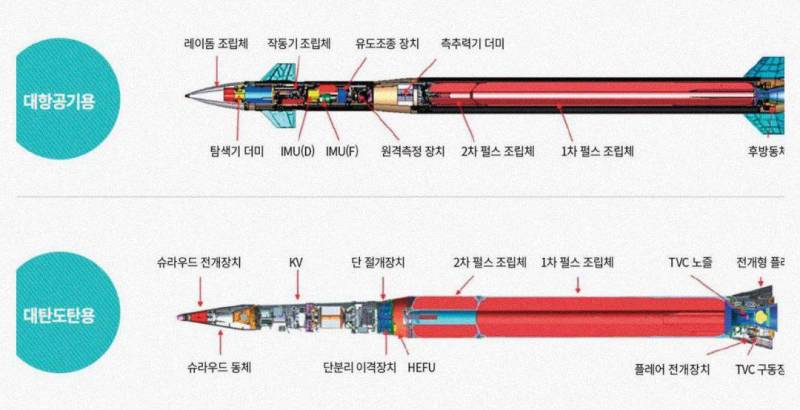
Missiles for L-SAM. Above - air defense missiles, below - anti-missile missile defense
It is curious that the South Korean tests of the air and missile defense system took place against the backdrop of regular training firing in the DPRK. In recent weeks, the missile forces of the North Korean army have carried out a number of launches of various types of missiles, including. potentially threatening South Korea. L-SAM air defense systems and other new developments are being considered as a response to North Korean missile systems - and now ADD can demonstrate their real capabilities.
Long range complex
The goal of the L-SAM program is to create a modern long-range anti-aircraft missile system capable of fighting aerodynamic and ballistic targets. All fixed assets of the complex are developed by the South Korean industry independently. In this case, the experience gained in the operation of foreign-made systems is used.
L-SAM is a mobile air defense system for long-term operation in one position. All facilities of the complex are placed on self-propelled chassis or trailers; after arriving at the position, deployment is required. The typical composition of the battery includes a command post, a multifunctional radar station, and four self-propelled launchers.
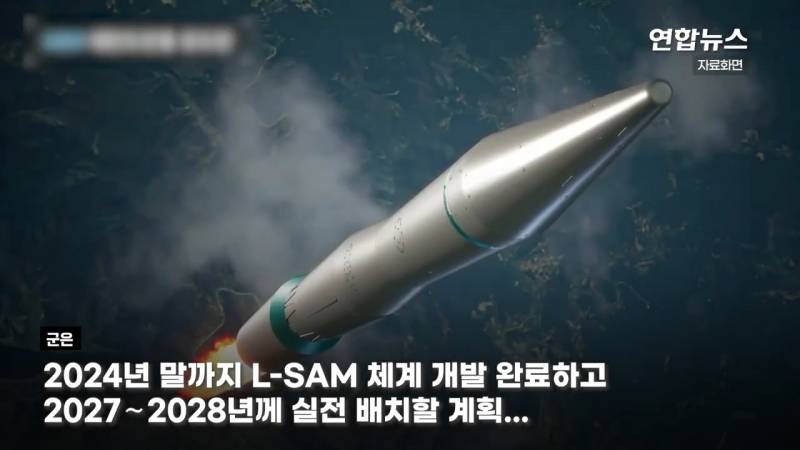
Anti-missile before the separation of the first stage
In addition, the project developed two types of missiles to solve different problems. It is assumed that two launchers of the battery will carry "normal" missiles, and the other two will be equipped with anti-missiles.
Illumination of the air situation and search for targets is carried out using a multifunctional radar with AFAR. The antenna device of the station is placed on a separate trailer. The calculation cabin with the necessary electronic means is located on another machine. The characteristics of the radar have not yet been disclosed. Probably, she will be able to detect typical targets at ranges of at least 150-200 km and altitudes from 70-100 km. It is also necessary to ensure the simultaneous tracking of dozens of air targets of various types and the issuance of data for firing.
A launcher of familiar shape has been developed. An oscillating device for mounting transport and launch containers with a rocket is mounted on an accessible cargo chassis. Each combat vehicle carries four TPKs. Start is carried out from an inclined position; before the launch of the rocket, the installation turns towards the target. The launcher is compatible with both types of missiles.
The L-SAM includes two types of missiles. These are solid-propellant rockets with an accelerating engine and a combat stage. The principle of guidance is unknown; the use of radar heads is supposed. The missile of the first type is designed to deal with aerodynamic targets. For her declared launch range of 150 km.
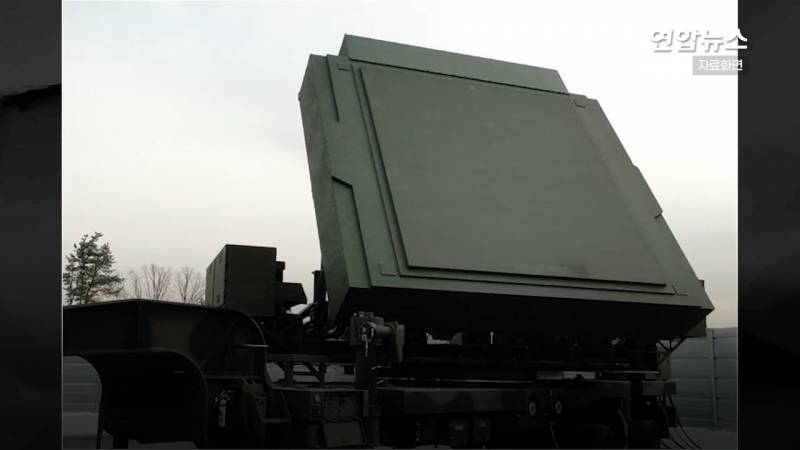
AFAR radar station L-SAM
With the help of the second missile, it is proposed to hit ballistic missiles or their warheads. The launch range reaches 150 km, the reach in height is 100 km. A new control system based on radial jet engines has been developed for the missile, which provides increased guidance accuracy. It is not known what threats such an anti-missile can fight. The declared characteristics indicate the ability to hit short and medium-range missiles.
As part of the system
The L-SAM air defense project is part of the larger and more responsible Korea Air and Missile Defense (KAMD) program. The aim of the latter is to create a modern layered system of air and missile defense throughout the territory of South Korea. KAMD plans to include a variety of radar systems and anti-aircraft systems of several types, mostly of its own production.
The long-range missile defense KAMD will be built on the basis of American THAAD systems and South Korean L-SAMs. With their help, it is planned to ensure the interception of ballistic missiles and their warheads at ranges up to 150-200 km and altitudes over 100 km. With the help of an appropriate missile, L-SAM will also provide anti- aviation at comparable distances.
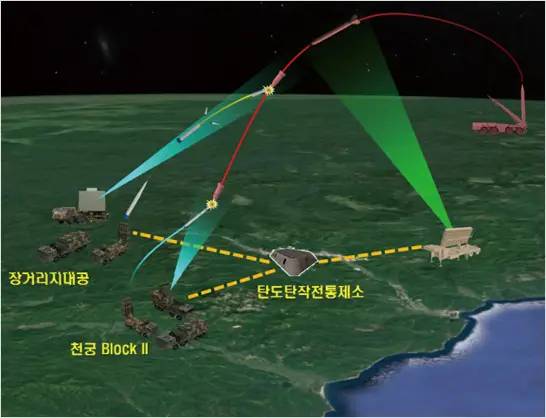
The principle of operation of the air defense / missile defense system KAMD
The middle echelon of missile defense and air defense will also be represented by South Korean and American systems. So, at ranges up to 100 km, the interception of missiles and aerodynamic targets will be carried out using the Patriot PAC-3 air defense system. Within a radius of 40 km, similar tasks will be solved by the KM-SAM system.
It is assumed that an air defense / missile defense system of this composition will be able to detect and hit any North Korean ballistic and cruise missiles that pose a threat to South Korea. Moreover, KAMD is already partially deployed and operating, providing the defense of the country. A significant number of Patriot and KM-SAM batteries are on combat duty. However, it will be fully built only after 2026-27, when the troops will receive a sufficient number of new L-SAM systems.
Interim results
Thus, the South Korean agency ADD and several of its contractors have already completed the design of a promising long-range air defense system L-SAM and have begun testing it. At the beginning of the year, a launch was carried out to test the main systems of the missile, and now a full-fledged test of the new anti-missile has taken place. Obviously, in the very near future, the next launches will take place at different targets, at different ranges, etc.
Despite the known complexity, the L-SAM project is moving forward and is gradually producing the desired results. In this regard, the South Korean military and political leadership gets a reason for optimism. It is very likely that the creation of a new air defense system will be successful, and in 2026-27. the construction of the air defense / missile defense system KAMD will enter the final stage. But before that, the industry will have to cope with the challenges ahead and complete the current project.
Information